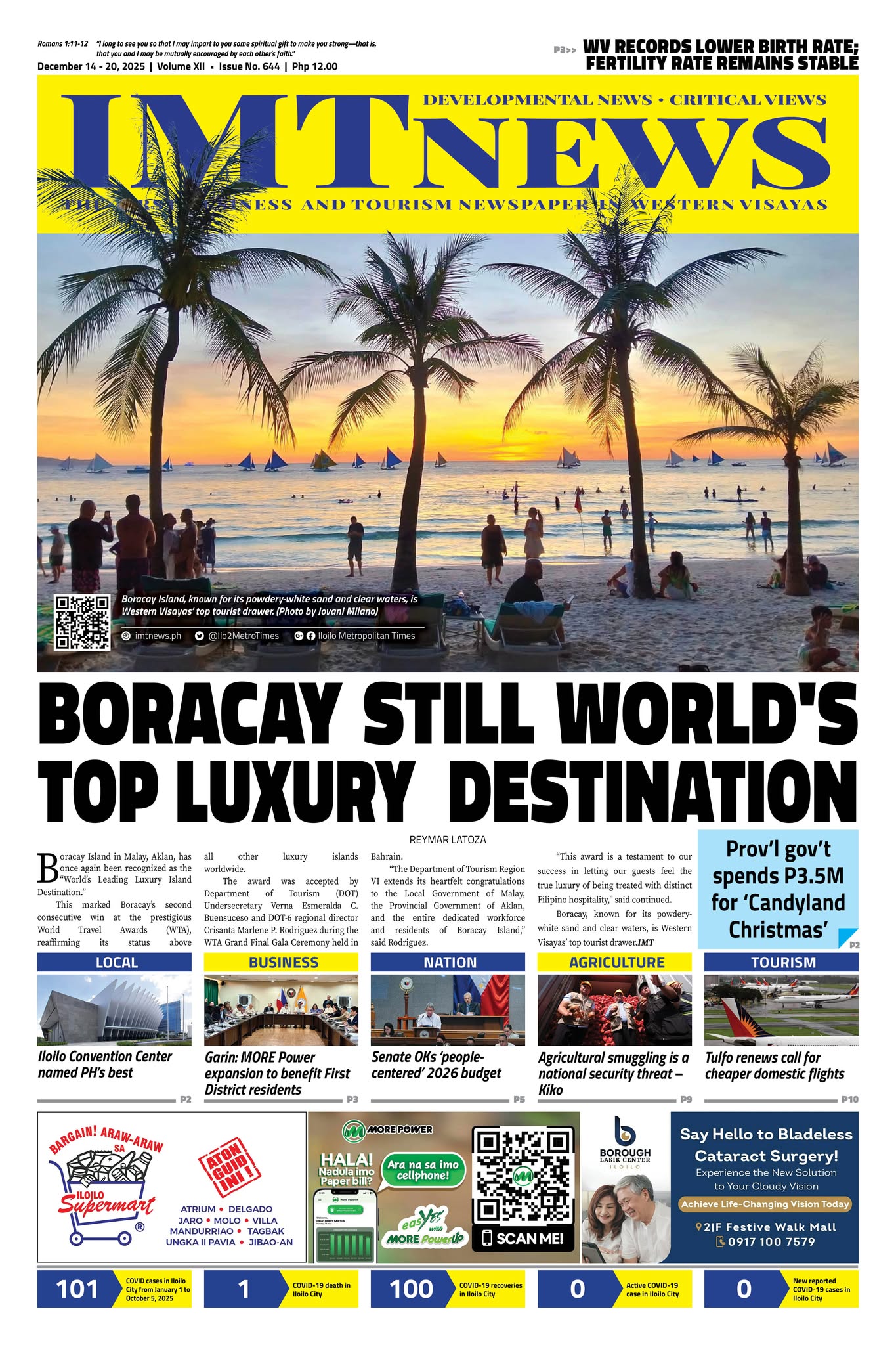The Philippines is a member of Open Government Partnership (OGP), an international organization of 75 countries that is dedicated to transform how government serves its citizens.
OGP is a partnership of government leaders and civil society advocates. It aims to combine the forces of these two sides to promote transparent, participatory, inclusive and accountable governance.
OGP Philippines claims that “the country has remained steadfast in its commitment in energizing civic spaces and public participation, enhancing inclusive digital revolution, amplifying discourses on anti-corruption, and strengthening transparency and accountability reforms”. From the time that it was founded in 2011 however, it seems to be lagging in implementing its goals.
My idea of “open governance” is inspired by the way that President Ramon Magsaysay opened Malacañang to all citizens, such that they could enter the Palace grounds even if they are just wearing slippers, shorts and undershirts. No need for appointments, protocols and dress codes.
Fast forward to today, “open governance” should mean that anybody should be able to access the Palace using any available means such as voice calls, texts, emails, chats and social media, and be able to get an immediate response, and preferably not from a chatbot.
LOCAL DISASTER MANAGEMENT
It seems that what is normal now is to have a disaster, and what is not normal is not to have a disaster.
Since that is now the new reality, the government agencies concerned should have a change of paradigm, such that these agencies should always be ready all the time, on the assumption that disasters could always happen all the time.
In the case of natural and manmade disasters, it should be mandatory for all local government units (LGUs) to have their own geographic information system (GIS) that could also be used as a hazard map.
Although GIS software for tax mapping is flexible enough to also be used for hazard mapping, some agencies are not aware of this. Although the terms are somehow synonymous, “disaster management” is broader than “disaster coordination”.
In general, however, most of “disaster management” is focused on “disaster coordination”. And that means coordinating not only the public sector, but also the private sector.
If any LGU needs a local GIS-based hazard map, they can contact me via email at iseneres@yahoo.com. It is okay if they have no budget to procure a GIS license, because there are free and open-source versions that are available.
What is important is that they have the political will. If they already have a system, we can upgrade.IKE SEÑERES







